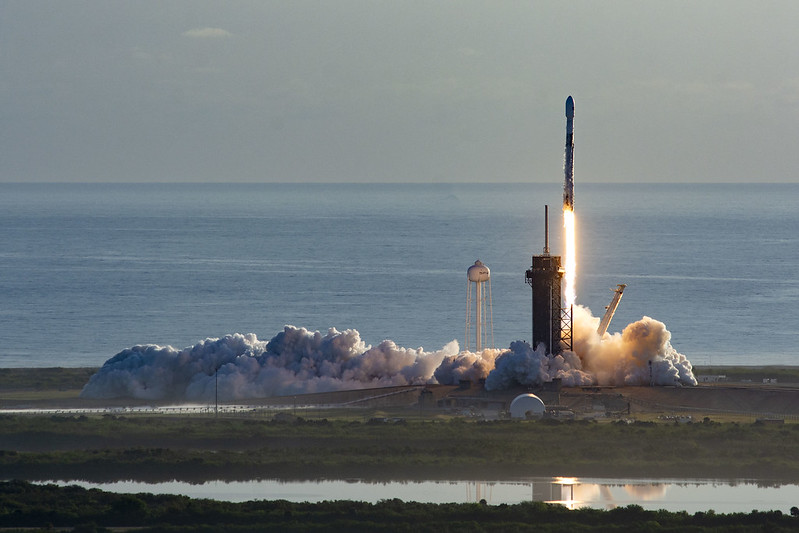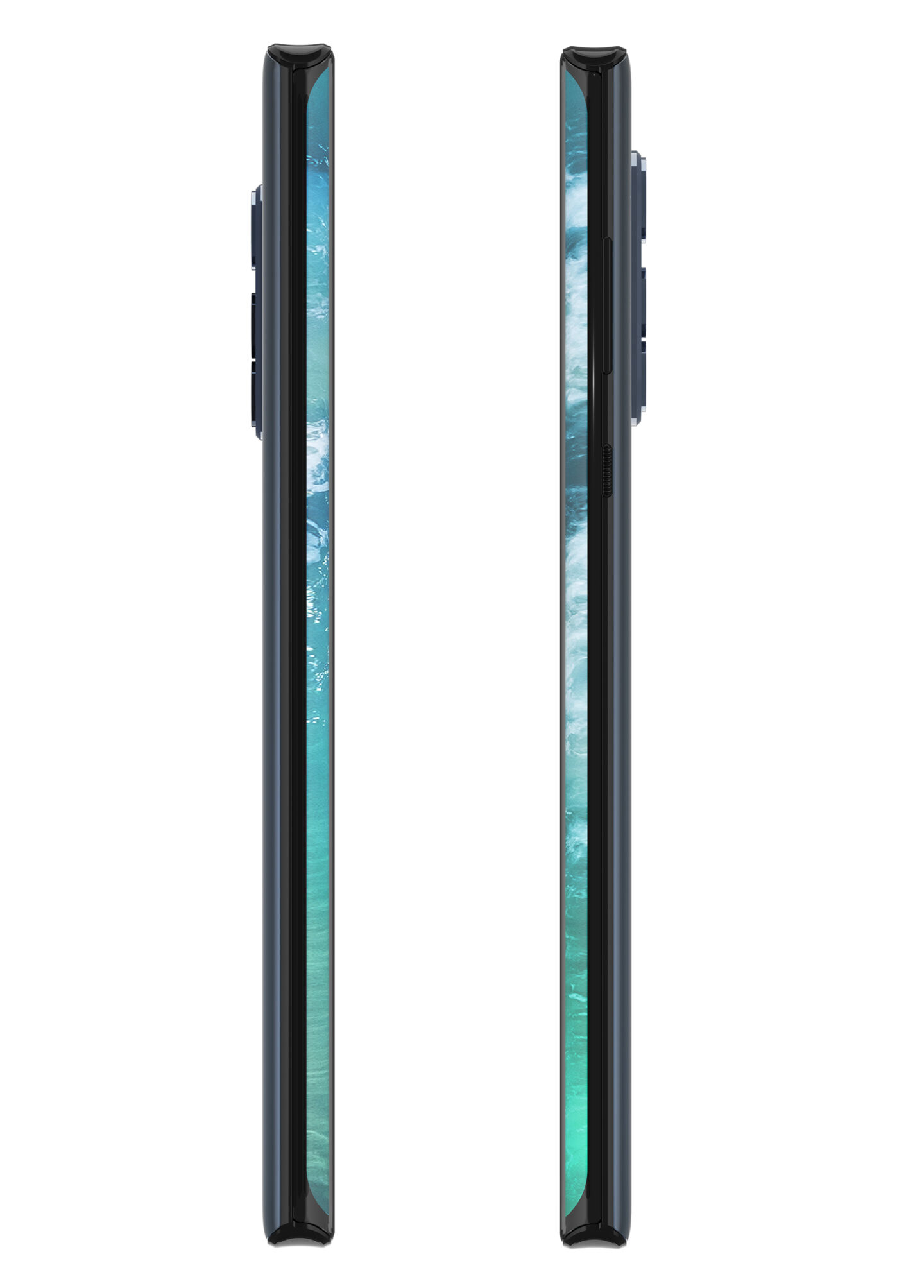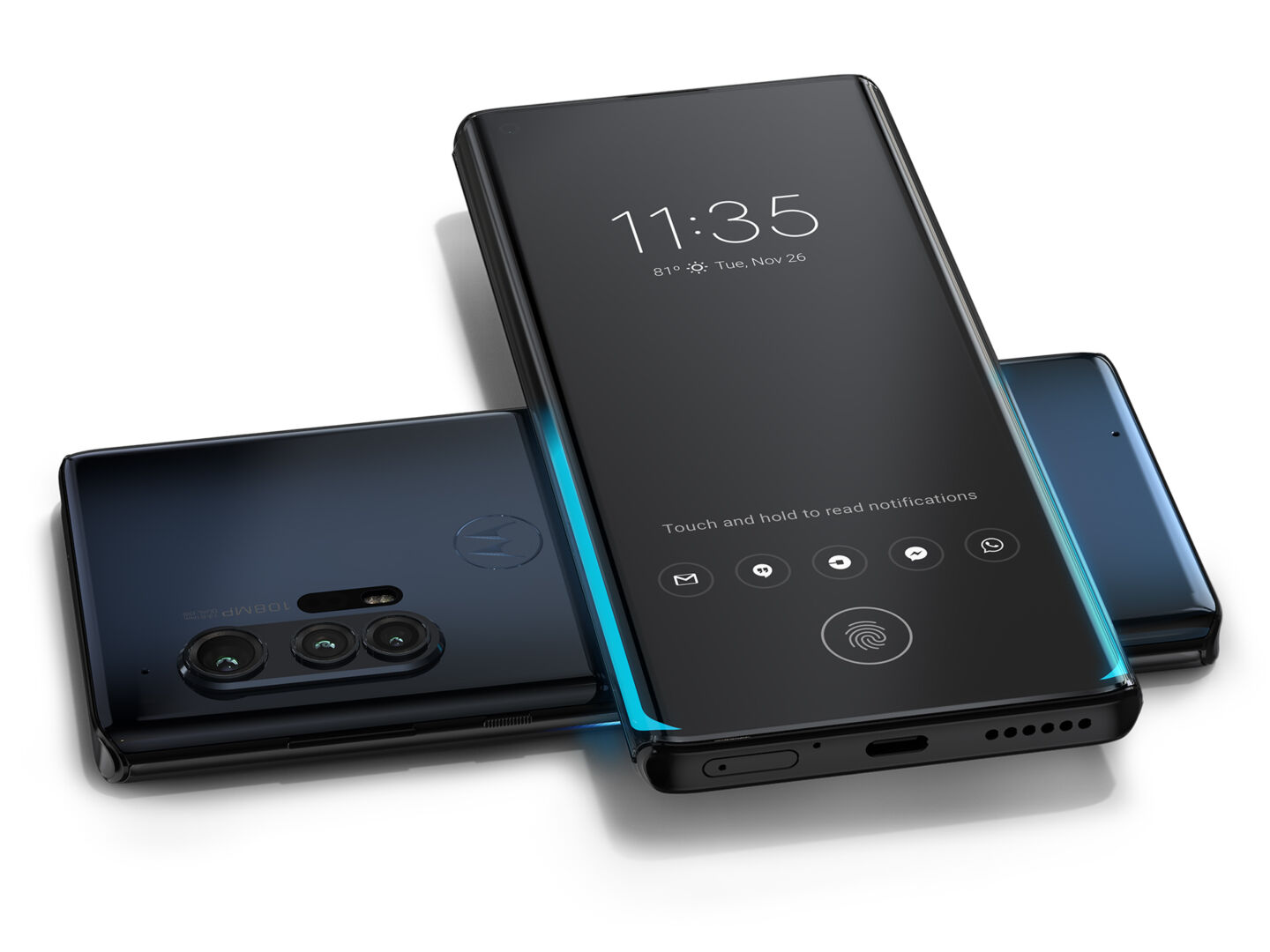Welcome to our daily column, where we recap the biggest (and not only) IT and tech stories that happened in the last 24 hours that we feel you should know about.
It could be interest you

Space X managed to put another 60 satellites into orbit
Companies SpaceX se succeeded to place another 60 satellites of the system into Earth orbit Starlink. The latter aims to provide high-speed Internet connectivity to all users worldwide. Currently, a total of 422 Starlink satellites are orbiting in low Earth orbit, with two of them (the first ever prototypes located here) awaiting targeted fall and destruction. Internet network Starlink should be available this year, first for users in the United States and Canada. The global launch of the service is expected to take place within the next year. Until then, SpaceX must launch far more satellites into orbit than it currently has. The total size of the satellite network is planned for 12 to 42 thousand individual satellite modules. Their final number will depend on the demands on the global Internet network. Starlink satellites orbit the earth at an altitude of approx 500 kilometers and their large (and in the future many times higher) number worries a part of the lay and professional public. Many astronomers point out that the sheer number of such satellites can negatively affect the ability to observe space, as passing satellites can be clearly visible under certain conditions.
Google is changing the rules for advertising
Google has changed advertising rules already in 2018, when it was a change in the rules related to political advertising. Google required some kind of identification from the advertisers, because of which their entire campaign could subsequently be traced and assigned to a given person. These rules now extend to all ad types, the director of marketing and ad integrity said on the company's blog John Canfield. Thanks to this change, users who see the ad will be able to click on the icon ("Why this ad?"), which will reveal information about who paid for this particular ad and what country it is. Google is trying to fight fake or even fraudulent ads with this step, which have recently started to appear more and more frequently within the company's advertising platform. The newly adopted rules also apply to current advertisers, with the provision that if they are contacted with a request for proof of identity, they have 30 days to process the request. After their expiration to them the account will be forfeited and any opportunities for further advertising.

Motorola has come out with a new flagship
Manufacturer (not only) of mobile phones Motorola has long passed its prime, but today saw the announcement of a new model that sees the American brand trying to keep some relevance in the high-end smartphone field. The new flagship is called Edge + and will offer truly full-fledged specifications worthy of a flagship. The novelty therefore includes a Snapdragon 865 with support for 5G networks, a 6,7″ OLED display with a resolution of 2 x 340 and a refresh rate of 1080 Hz, 90 GB of LPDDR12 RAM, 5 GB of UFS 256 storage, a battery with a capacity of 3.0 mAh, support for fast charging and a fingerprint reader built into the display. On the back there is a trio of lenses, led by the main sensor with resolution 108 MP, then 16 MPx ultrawide and 8 MPx telephoto lens with three times optical zoom. The front camera will then offer 25 MPx. The novelty will go on sale in the USA 14. May exclusively with the operator Verizon, at the usual flagship price of $1. In addition to the above, the new product will offer certification IP68 and surprisingly also a 3,5mm audio jack. The Edge+ is named as it is because of the display that wraps around the edges of the phone as we are used to with earlier Samsungs.






